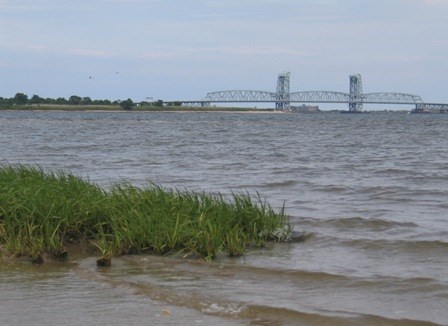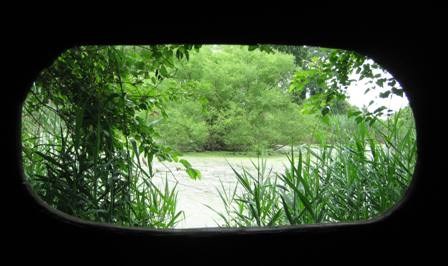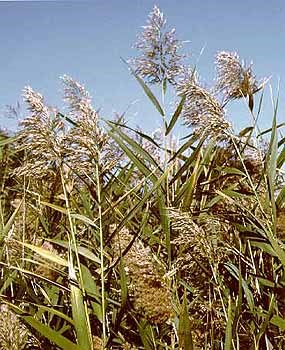|
Gateway National Recreation Area exists within one of the most urbanized areas of the country, yet the park includes grasslands, woodlands, sand dunes, beaches, ponds, salt marshes and forests. Each of these ecosystems is a home to a surprising variety of animals, plants, amphibians, insects and other creatures. One way to learn about the diversity of life at Gateway is to get to know each of the ecosystems. Urbanization has a profound effect on Gateway's ecosystems, including stormwater runoff into Jamaica Bay. The U.S. Geological Survey has produced two video podcasts on similar issues: how stream ecosystems react to stormwater and impervious surfaces. 
NPS ohoto
The Tides Tides are caused by the gravitational pull of the sun and moon on the earth. Life throughout the salt marsh depends on the tides. The twice-daily incoming tides bring a fresh supply of oxygen and nutrients into the marsh. The twice-daily outgoing tides leave behind a line of seaweed, marsh grass and other debris left on the beach called the wrack line. Often, the wrack line provides shelter for crabs and other invertebrates that may become meals for gulls or other predators. At low tide, the mudflats are exposed and shorebirds are able to feed on the invertebrates found there. During the months of May and June, horseshoe crabs come up to shore on the spring tides to lay their eggs, which are a major food source for migrating shorebirds. During June and July, diamondback terrapins take advantage of daily high tides to come up and lay their eggs in nests in the sand. 
NPS PHOTO Mixed Woodlands of Floyd Bennett Field Floyd Bennett Field has changed over the last hundred years from a salt marsh area to landfill to a municipal airport to a Naval Reserve area. Today, the "North 40" section of Floyd Bennett is home to a surprisingly diverse woodland habitat, a natural oasis within the borough of Brooklyn. 
National Park Service Photo Grasslands Phragmites grasslands cover vast areas of Gateway, and are subject to frequent burning. Remnants of other more diverse grassland types, particularly at Floyd Bennett Field, are significant remnants of former habitats.
Long shore currents and storms constantly reshape barrier beaches like Breezy Point in Jamaica Bay Unit and sand spits like Staten Island Unit's Crooke's Point. The Shifting Sands of Sandy Hook tells you more about shore dynamics at Sandy Hook Unit. |
Last updated: May 9, 2018
